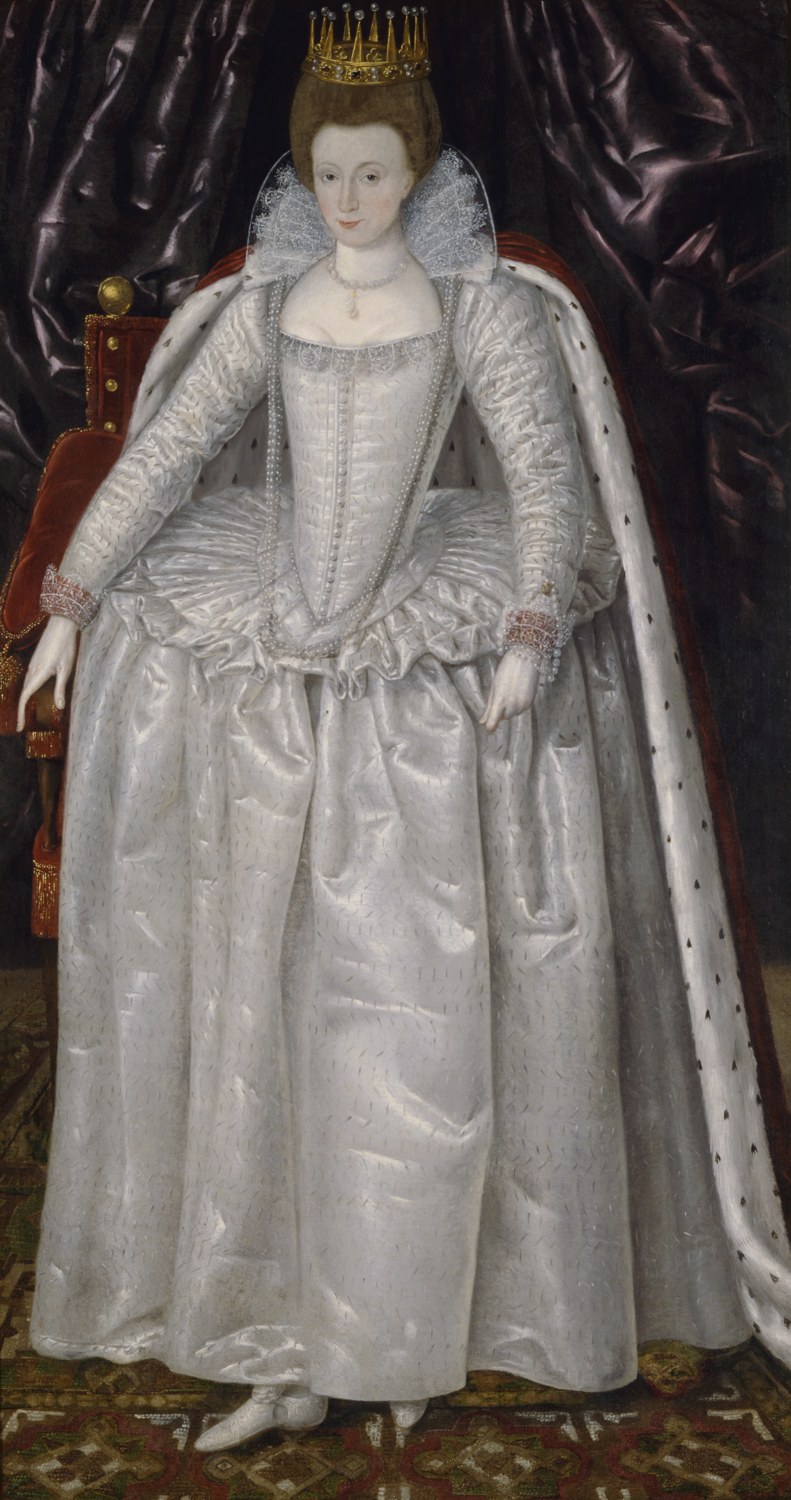Henry Wriothesley
What I have done is yours, what I have to do is yours.
Fron Shakespeare's dedication of The Rape of Lucrece to Henry Wriothesley
Henry Wriothesley (1573–1624), third earl of Southampton, is best remembered today as a patron of William Shakespeare. In his youth, several other Elizabethan poets enjoyed his support and he was a significant figure in the cultural life of late sixteenth-century England. At the age of seventeen, after graduating from St John's College, Cambridge, he was introduced to Queen Elizabeth I, and he soon became a popular figure at court. His favour with the queen, however, was not to last.
In 1598, Wriothesley secretly married his mistress, Elizabeth Vernon, one of Elizabeth's ladies-in-waiting. The monarch was furious that she had not been consulted, and Wriothesley and his new wife found themselves briefly imprisoned for the indiscretion. The Fitzwilliam owns a portrait of Elizabeth Vernon by an anomymous artist [PD.6-1984].

It was, however, Wriothesley's association with another young man-about-court that was to land him in more serious trouble. Robert Devereux, second earl of Essex and third Viscount Hereford (and cousin of Elizabeth Vernon), was an ambitious and charismatic figure who was, at first, highly regarded by the ageing Queen Elizabeth. A maverick military commander, he led several expeditions against the Spanish, and in 1596 became a popular hero after a spectacular victory at Cadiz. Henry Wriothesley served under him on this campaign and the two became close friends.
But Essex never enjoyed comparable success in domestic politics, and there an was intense rivalry at court between him and Elizabeth's influential privy councillor, Lord Burleigh. Eventually Essex's arrogance and impetuosity led to a cooling in relations with the Queen.
In 1600 he had secured an appointment to lead a huge military expedition against the Irish, but the campaign was a failure and Essex returned to court where he was coldly welcomed by Elizabeth, who had not given her permission for the retreat. Humiliated, facing financial ruin, and surrounded by similarly ambitious and malcontented young aristocrats, including Wriothesley, Essex marched on London with two hundred armed followers. He was easily overcome, and was beheaded for treason in the Tower of London. Wriothesley too was sentenced to death, but his sentence was commuted to life imprisonment.
When James I came to the throne in 1603, Wriothesley was released, whereupon he concentrated his energies on colonial adventures, supporting an expedition to Virginia in 1605. In 1624 he volunteered to lead a force against the Spanish in the Netherlands but, shortly after arriving in the Low Countries, he contacted malaria and died.
The effect of this adventurous life upon the earl's youthful good looks can be seen in another miniature in the Fitzwilliam, by Peter Oliver [3873].
Other highlight objects you might like
Other pathways and stories you might like
Sign up to our emails
Be the first to hear about our news, exhibitions, events and more…





